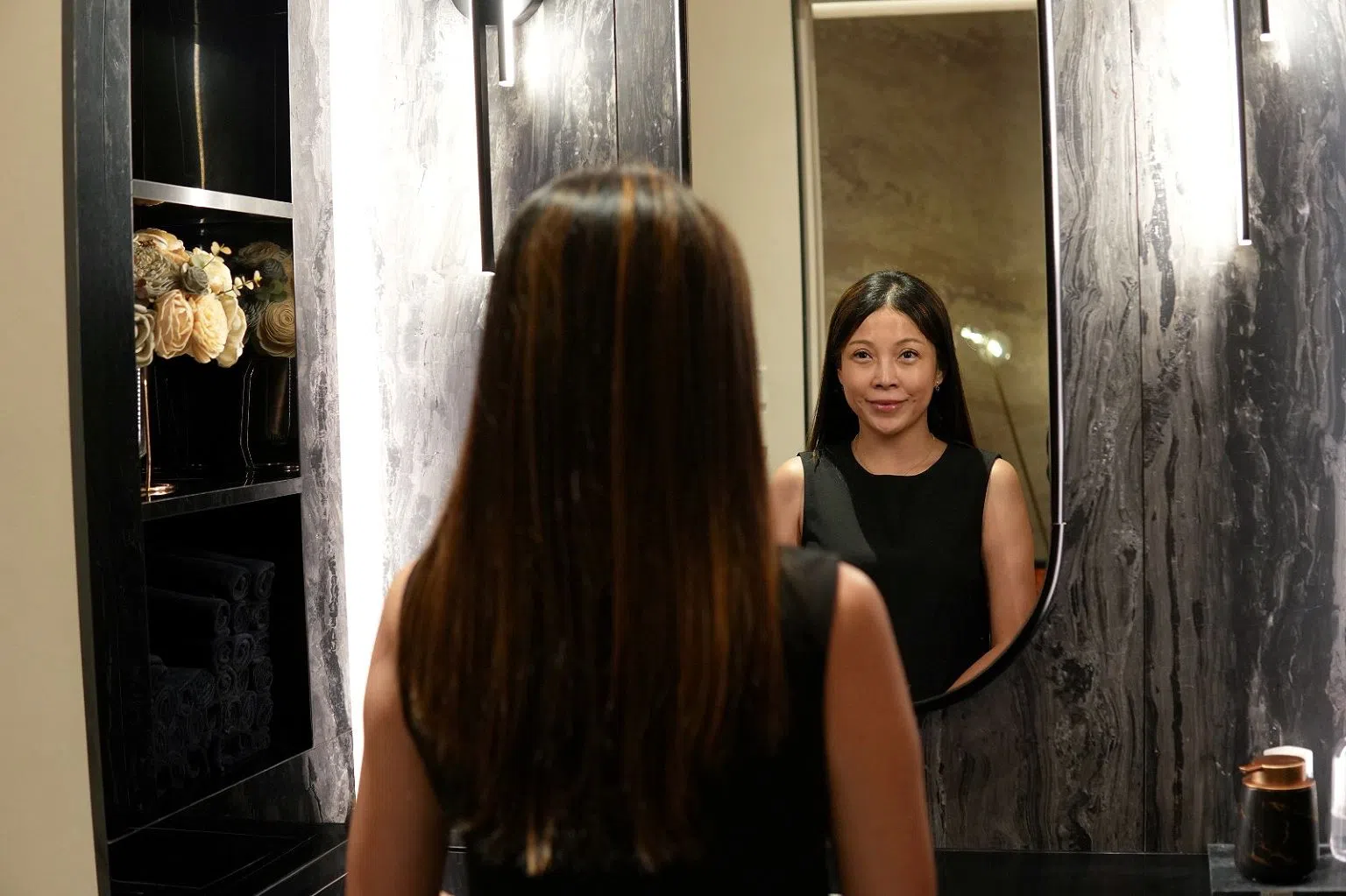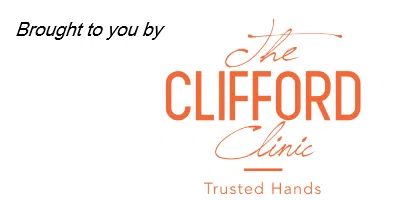Managing adult acne: Latest facial treatments use lasers, gold and platinum nanoparticles to regain your glow
From quick light pulses to sound energy treatments, aesthetic doctors at Clifford Clinic now have access to innovative technologies to improve your skin health
Jassmin Vaanee Peter-Berntzen
Acne isn’t just a teenage concern — it’s a skin condition that can persist well into adulthood, particularly affecting women.
A 2019 study in The Journal of Clinical and Aesthetic Dermatology revealed that while teenage boys are more likely to battle pimples, women take the lead when it comes to adult acne.
The good news? As medical understanding of acne has grown, so too have the treatment options. Today, adults struggling with persistent breakouts have access to a wide range of effective solutions and treatments. Whether you’re dealing with occasional flare-ups or ongoing issues, there’s likely a strategy to help you achieve clearer, healthier-looking skin.
Dr Gerard Ee from The Clifford Clinic explains, “Many years ago, the solution to acne was to use strong, harsh drying creams and powerful pills that dry up the skin. “Now, we have advanced, non-invasive technologies that specifically only target and reduce the oil glands with treatments that use radiofrequency and gold and platinum nanoparticles.”
These versatile treatments also take a multi-pronged approach to skincare, addressing not only acne but also uneven skin tone, collagen production for ageing skin, and acne scars. Here are some of the latest adult acne treatments available at The Clifford Clinic.
Reduce blockage and breakouts with the Agnes
At The Clifford Clinic, a device called Agnes is used to treat active, cystic acne and pore-related skin conditions through a technique known as selective electrothermolysis.
After numbing cream is applied, radiofrequency (RF) energy is delivered via finely tuned needles directly to specific acne-prone oil glands. This aids in the reduction of oil production and minimises the recurrence of acne.
Dr Ee explains further: “Using a magnifier, our doctor will identify all the blocked and damaged pores on your skin. Then, with a very fine wire attached to the Agnes machine, a tiny electrical current is introduced into the pore to zap the oil-producing gland.
“This reduces the gland’s size and controls the amount of oil that it produces. With no oil, there can be no blockage, and with no blockage, there can be no pimples.”
Depending on the number of pimples, each full-face session takes about half an hour and patients may experience redness after. They will return to the clinic the next day to remove any pus or destroyed cells extracted from the treated sebaceous gland, says Dr Ee.
“Patients will usually experience a decrease of 50 to 70 per cent of acne breakouts after the first treatment, and after the third session, most patients will achieve up to 90 per cent clearance,” adds Dr Ee, who also notes that these numbers are indicative, and some variation may occur from patient to patient.
“Occasionally, some may require a small touch up session after one year,” he adds. However, patients need to be first assessed as Agnes is not suitable for everyone such as pregnant women. “The Agnes machine uses a bipolar radiofrequency current to destroy sebaceous glands. These require a grounding pad to be applied hence we do not want the baby to be subjected to any unnecessary electrical current,” explains Dr Ee.

Reduce facial oil production with Gold Photothermal Therapy
One of the more innovative procedures is the Gold Photothermal Therapy (Gold PTT). It involves delivering gold nanoparticles into the pores and glands and heated using Bellasonic ultrasound energy which pulses the gold particles into the oil glands. This is followed by a long pulse laser treatment to heat up the gold and the oil glands.
“The purpose of the targeted heating is to reduce oil gland secretion and also decrease bacterial load, thus treating acne at the source,” says Dr Ee.
Each procedure takes about 30 to 45 minutes, with five sessions required over five to 10 weeks. According to Dr Ee, improvements in acne can be expected around six weeks after the last treatment.
“There is no downtime with this treatment. Hence, making it a popular alternative to the Agnes,” adds Dr Ee.
As this is a non-invasive and localised treatment with no systemic absorption – the gold nanoparticles do not enter the bloodstream – and does not use harsh chemicals or medications, Dr Ee says his patients also include teenagers as young as 13 years onwards, as well as pregnant and breastfeeding women dealing with hormonal breakouts.
Treat acne and pigmentation with the 15-minute Q-Switch Laser
Able to help treat both acne and pigmentation, the Q-Switch Laser uses non-invasive, high-energy laser pulses to target problem areas. According to Dr Ee, it minimises oil-producing glands thus reducing sebum production and removes bacteria which in turn controls acne breakouts.
Approved by the US Food and Drug Administration (FDA), the Q-Switch also addresses skin redness caused by inflammatory acne and acne scars, plus uneven skin tone. It works by breaking down pigments into smaller fragments, which are then naturally absorbed and cleared away by the body.
“During the highly tolerable 15-minute laser procedure you may feel the sensation of having tiny hot spots or a rubber band snapping on your skin. However, you can request for a numbing cream prior to treatment to reduce any discomfort,” advises Dr Ee.
According to Dr Ee, while skin redness may be expected after the session, it usually fades within an hour. You can apply make-up and expect to resume your daily activities without interruptions, making it the ideal lunchtime treatment. Urticaria (hives) can also occur occasionally, though this can be treated with medication, he adds. Expect to see reduced acne breakouts, faded pigmentation and smaller pores three to four weeks after each session. Depending on your condition, you will need a minimum of one session every two to four weeks.

Lighten acne scars and skin marks with the Vbeam Laser
Another FDA-approved treatment, the Vbeam Laser, not only addresses stubborn acne scars but also helps minimise rosacea, spider veins, birthmarks, stretch marks and broken capillaries. It works by delivering intense yet gentle bursts of light in long pulses to the skin, targeting blood vessels without affecting the surrounding tissue.
“The Vbeam targets blood vessels, open pores and acne lesions, causing them to coagulate and be naturally reabsorbed by the body, resulting in clearer and smoother skin,” notes Dr Ee.
He adds that the Vbeam Laser is most effective for treating redness caused by acne scars but is not suitable for more depressed or “ice-pick” acne scars.
Each session takes about 10-minutes, and up to six or more sessions are needed for optimal results.
“There is mild flushing after the V beam treatment, but this fades away within an hour or so. One can put make up or even exercise immediately post treatment,” he adds.
Fight inflammation with the Platinum Photothermal Treatment
“Platinum nanoparticles are gaining attention in the medical field for their stability, safety, and effectiveness,” says Dr Ee who uses it in the clinic’s Platinum Photothermal Treatment (PPT).
Dr Ee explains that platinum nanoparticles absorb near-infrared (NIR) light, which penetrates deep into the skin to effectively target sebaceous glands and treat acne.
The treatment starts with applying a specialised solution used in advanced skincare procedures. Bellasonic ultrasound energy is then used to heat the skin and pulse the particles into the oil glands, followed by a long pulse laser to heat up the particles and glands further. The gentle heat from the PPT also helps calm the inflammation that often accompanies acne.
Each session lasts about 30 to 45 minutes, with five sessions recommended over five to 10 weeks. Dr Ee notes that noticeable improvements in acne typically appear around six weeks after the final treatment.
Similar to the Gold PTT, this treatment also takes a non-invasive, localised approach — nanoparticles don’t enter the bloodstream — and has an absence of harsh chemicals making it a safe option for young teenagers, plus pregnant and breastfeeding women, says Dr Ee.
If you are interested to know more about these latest facial procedures and find one that fits your needs, visit the Clifford Clinic.

Decoding Asia newsletter: your guide to navigating Asia in a new global order. Sign up here to get Decoding Asia newsletter. Delivered to your inbox. Free.
Share with us your feedback on BT's products and services
